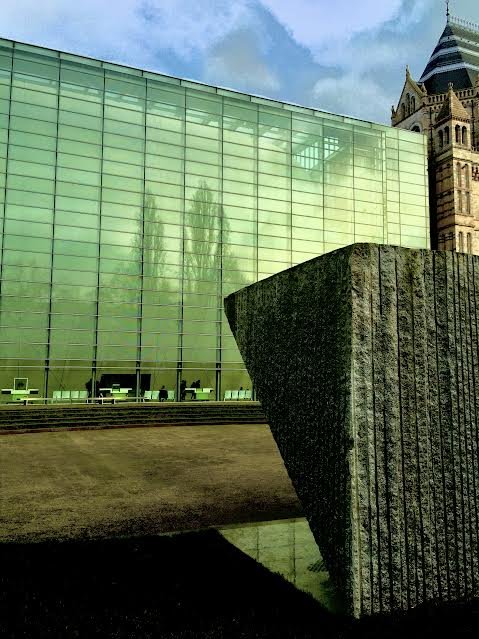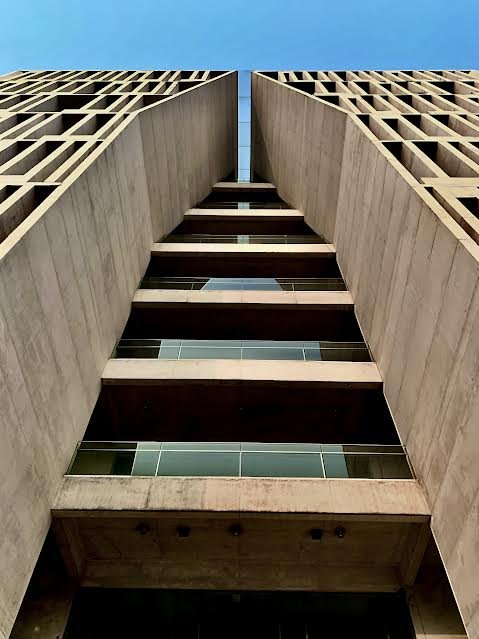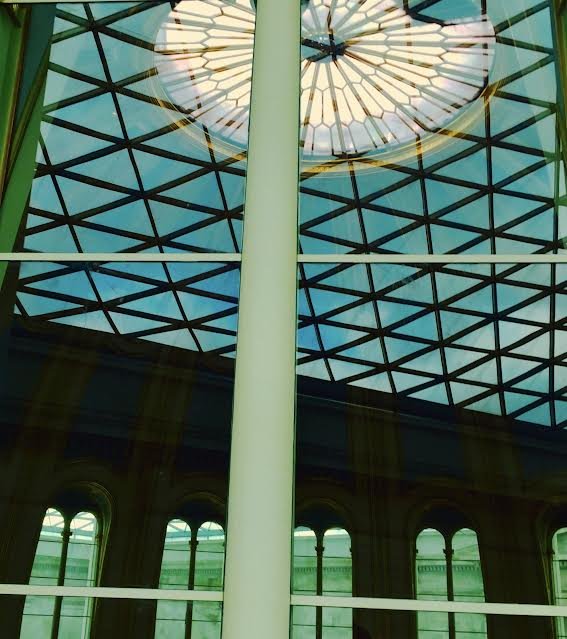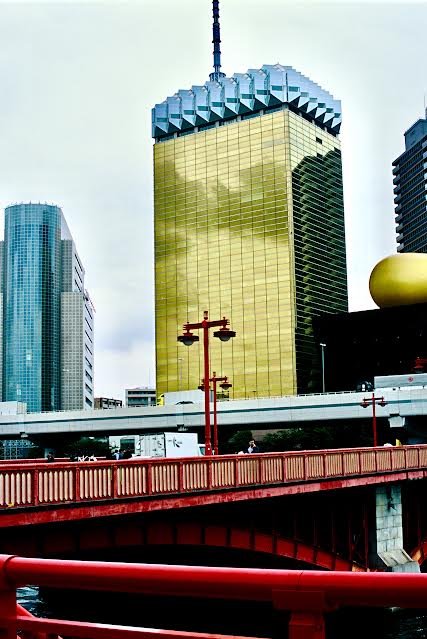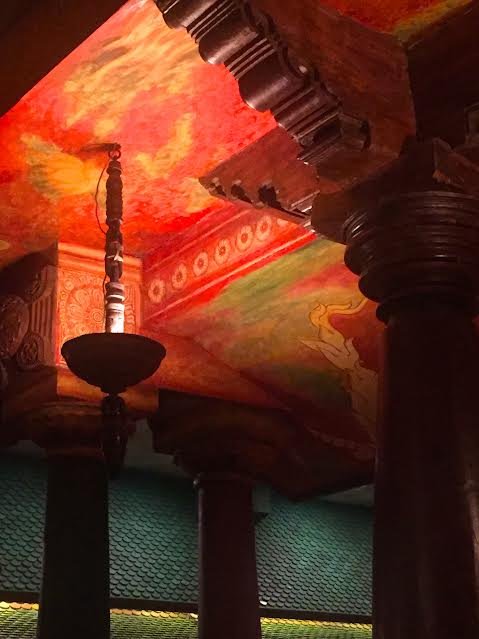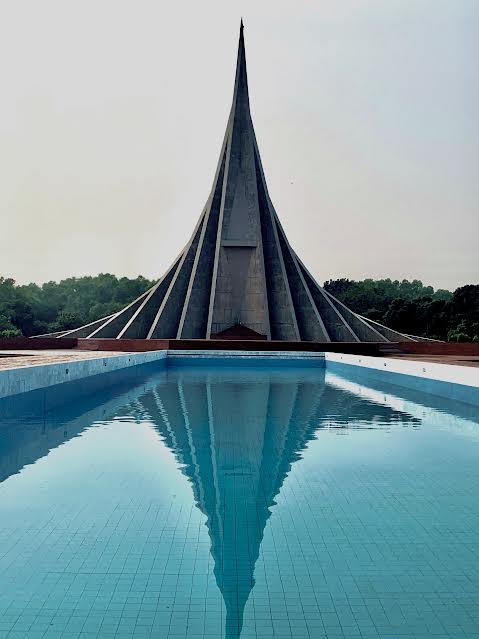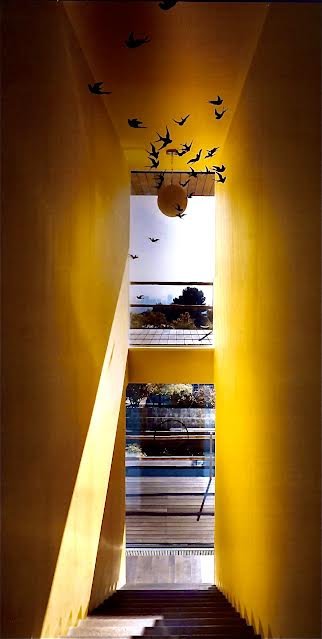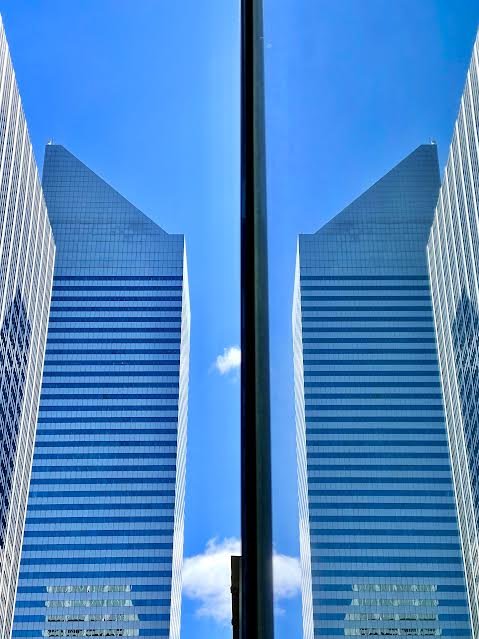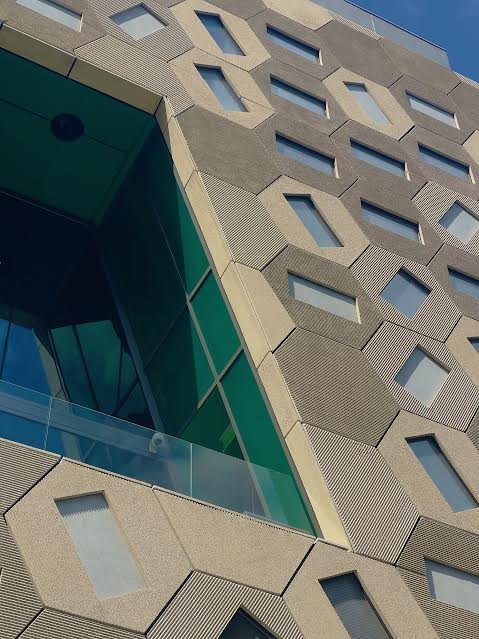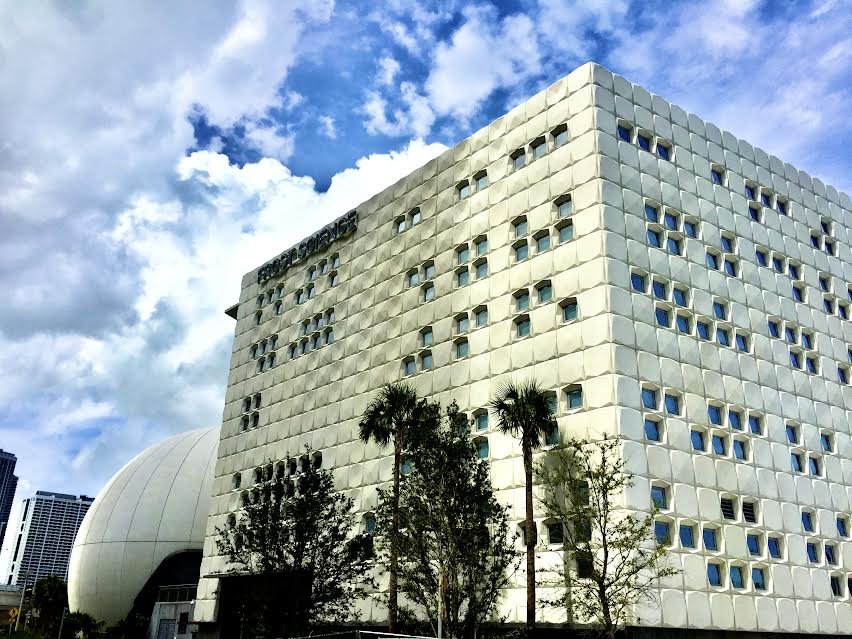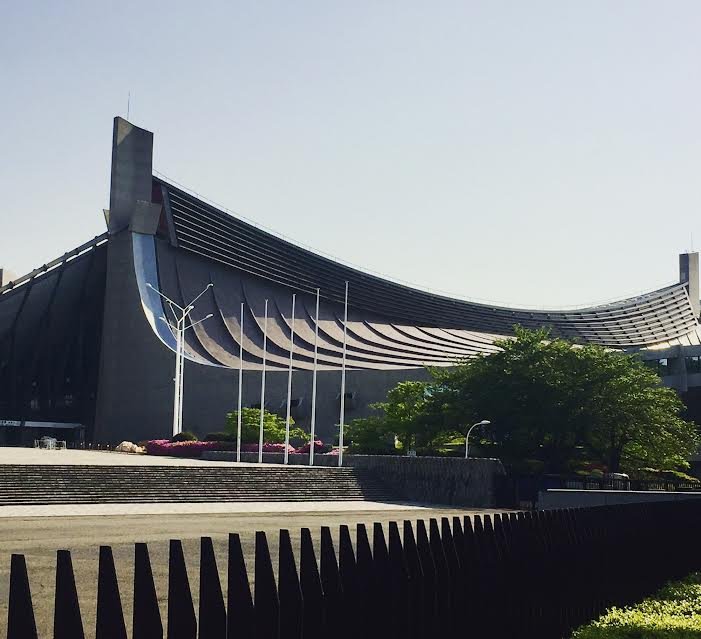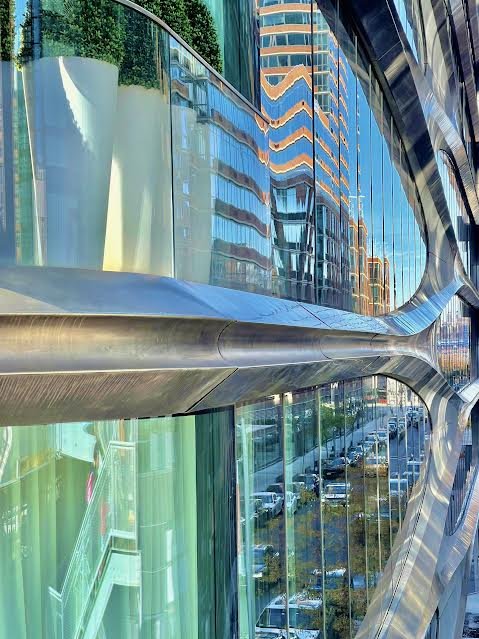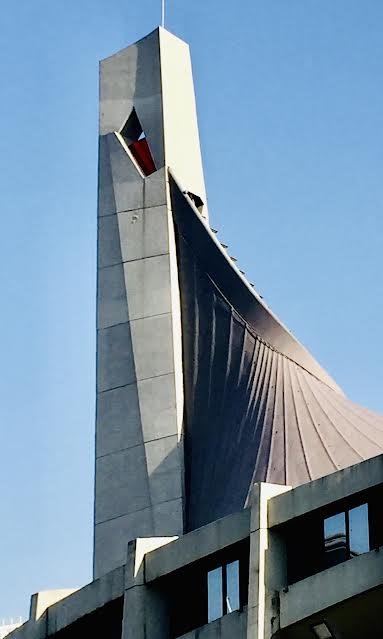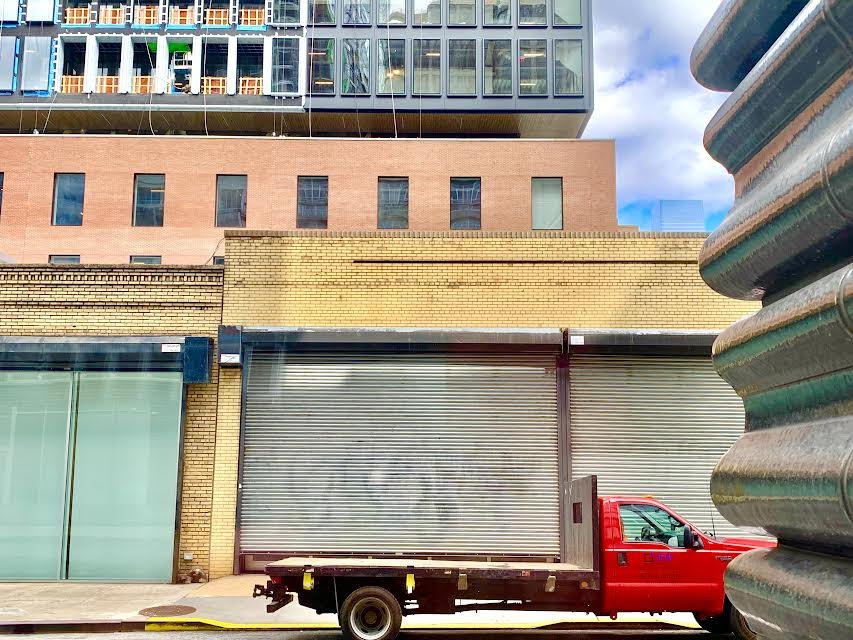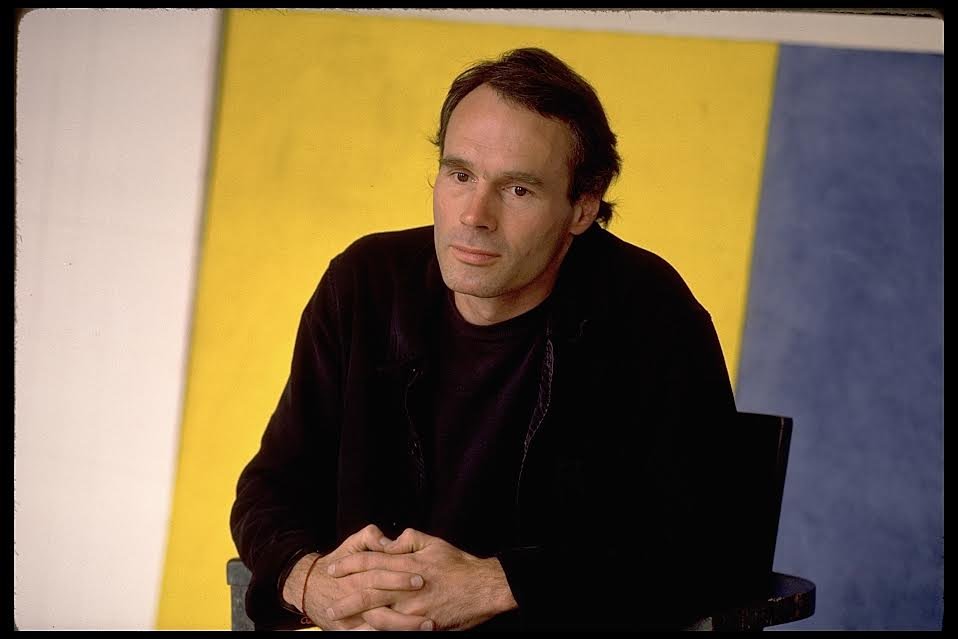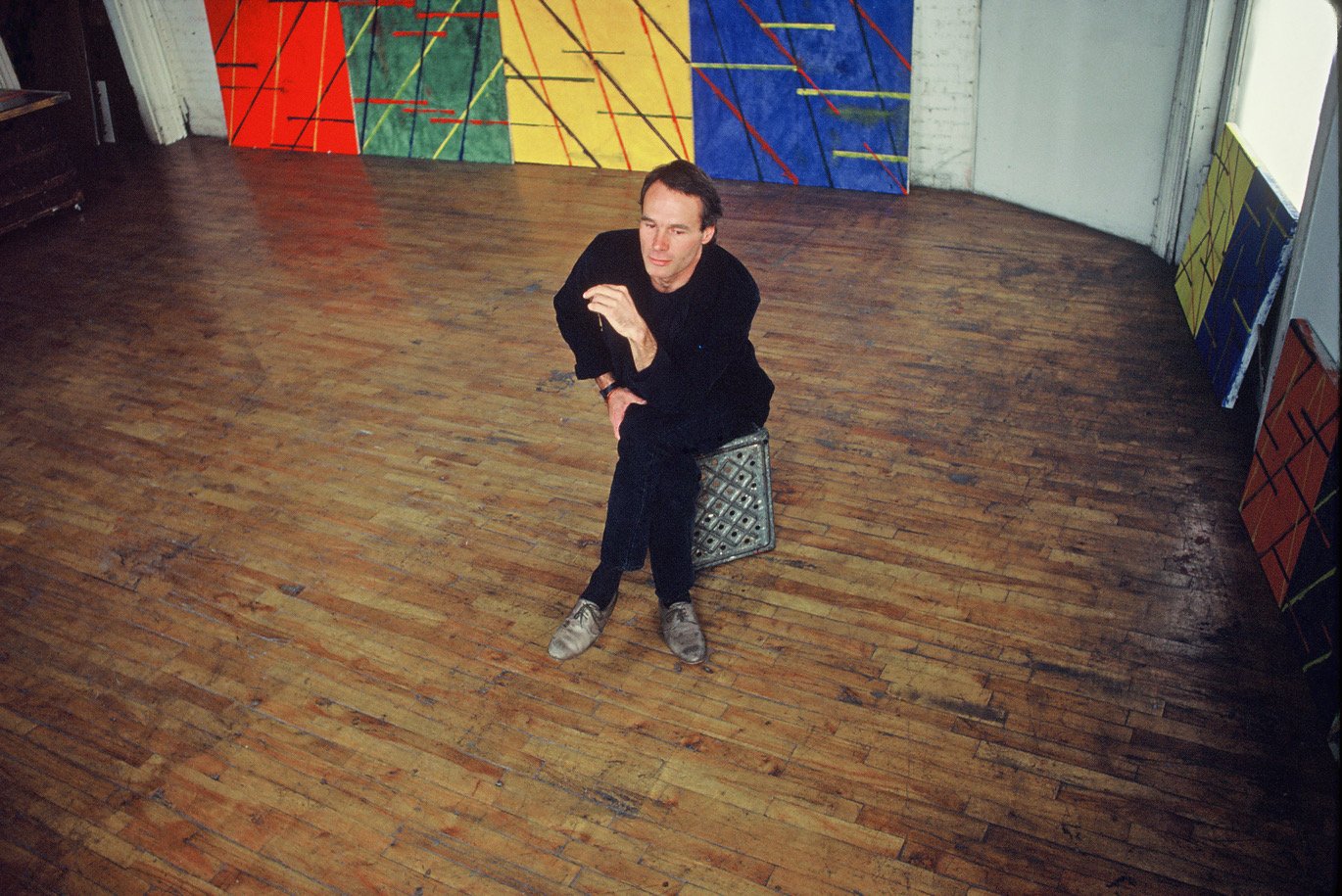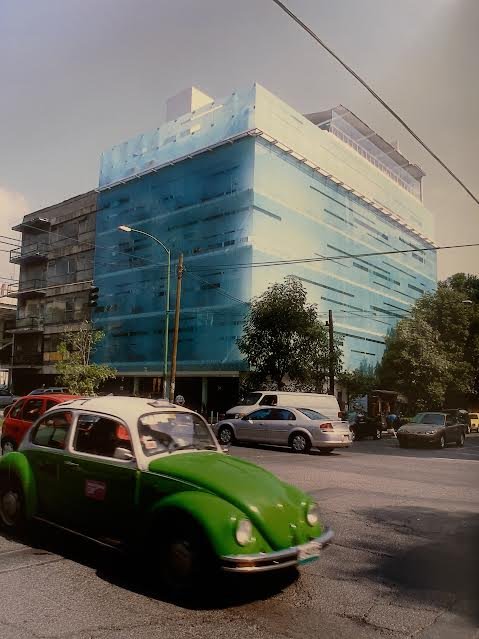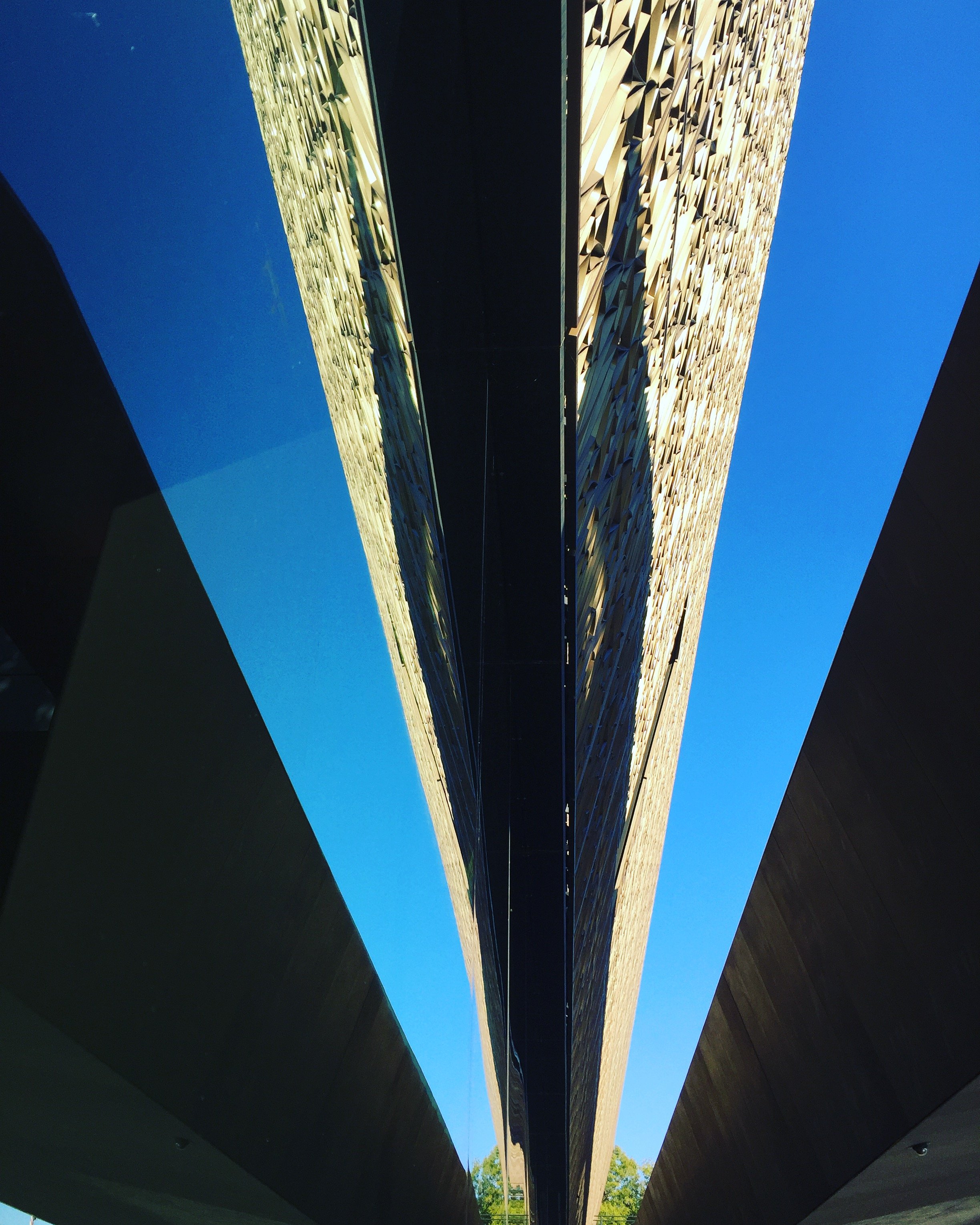Renzo Piano’s New York Times NYC
The Architecture of Cities: The World
The old vs. the new:
I sat perched like a naked rabid Balinese Macaques monkey wrapped and buckled in a straitjacket: Arms waist tied behind my back: Legs crossed: I sat on an empty road between here and there: I smiled: I had a free pass to see the world pass before my eyes. The twilight sun had just a few more minutes before the night. I knew which direction I faced but my story took me north and south.
I have always felt that to make the photograph that needs to be made you need to be willing to stop traffic to get wherever that may be. There is little or no traffic at fifty floors sky high in New York City: If I dreamed a bit harder I might see cinema’s “Sci-fi” taxis from “The Fifth Element“.
My photography has been rooted in some promising factors over the years: I glorify beautiful architecture: I try and tell a beautiful story about architecture in its entirety: I try not to only speak to the footprint of any structure, but to the inhabitants of aforementioned as well. I believe in architecture’s past and present. I know the various eras commune in some sort of conversation.
I discovered photographing the construction and the finished Renzo Piano New York Times newest iteration as an opportunity to have the city speak to me and my camera speak to what it saw.
The previous New York Times across the street from Renzo Piano’s Tower
My arsenal was and is very simple: Before there were drones and A.I. there was merely a boy with a camera in each hand. I honed my skills with simplicity as my agenda: Even as I rose to heights atop Rio’s Jesus, Tokyo’s Mori, London’s Shard and almost anything Dubai: what remained were two cameras of choice.
My mind never seems to acclimatize, but my feverish thrill of resorting to an artificial mountaintop to review the world at hand always puts me back in touch with my inner Macaques: Their mischief and playfulness to this day animates my brain.
For the powers that be, I had to promise to be safe as safety would allow on the highest peak of the New York Times.
Certainly nobody knew I had aside from one-hundred photographs, I had one that was my secret: To make the photograph that needed to be made.
The four corners of the building were cordoned off. When not a soul was looking, the flattened rooftop called to my heart.
I stepped over the ropes: I began my descent: I have always dreamt of flying: not free falling which I have done: but expanded wings and a wish:
I braced my body as my upper torso with a Nikon in one hand and a Pentax in the other leaned north and downward: The cameras were sort of my fulcrum if a lift need be.
A melange of new and old: Looking north on Madison Avenue in NYC
I wasn’t attempting a Tom Cruise at full throttle down the “Burj, Khalifa”. I merely wanted to lean and see the old New York Times that this “tower” was replacing. I wanted my camera to see the passing of a bit of architectural history: I also wanted to measure the past with the present.
Yes there is some sort of thrill to be sans harness as the body in shadows is draped along the side of this new tower.There is a bit of Houdini in the air: There is magic to be had.
Meet Herzog and DeMeuron
I Leaned north a bit more: It almost sounds like a poem?
The only thing between my life and death was hope.
My knees held tight to the cement:
My quads cushioned my mind:
The length of my arms held the camera in a sort of “Gumby”stretch:
For visual reference it was sort of like the mountainside scene in “North by Northwest”.
Eva Marie Saint and Cary Grant on a faux Mount Rushmore: Gravel falling but nobody falling.
It was a maneuver I had dreamed about: not about dying but getting to where I needed to be.
If I fell?
When I heard the snap: I realized it could have been my shutter reverberating through midtown architecture canyons:
Afloat for the last time. In real time I was one of those floating Chagall characters: Fragility reigned: The entire notion of reality had vanished: I steadied for a click: My right hand found solid ground: I placed my camera atop the fifty-something floor.
I pushed.
I heard a voice: from the position Jesus or his Father would call from: Like an hallucination from another time: Monkeys were dancing around my head:
I heard “what the !!%#!!!”. I straightened:I could only feel my heart: I knew several potions of elixirs would be saving me following my photography exercise.
How can I tell anyone that I didn’t mean to almost die for a snap:
But then,; What an “effing” view.
I remember going down in the construction workers elevator: Something I had done a number of times.
Nobody spoke to me until we landed: like astronauts entering the atmosphere: Like a Capsule landing at sea, or a Shuttle landing in the desert. We waited for the doors to be popped open.
“Exhilarating”: I said: Or something to that affect:
There is something compelling when you realize you skirted tragedy with the utmost enjoyment:
There is a pause: your own history paces before your eyes: You gaze into what might be your history’s future: Then you finally ask yourself what you might see if you were perched above the earth: I know I can hear Vincent Prices’ laugh from the darkness in Michael Jackson’s “Thriller”.
look up: Kohn Pedersen Fox





